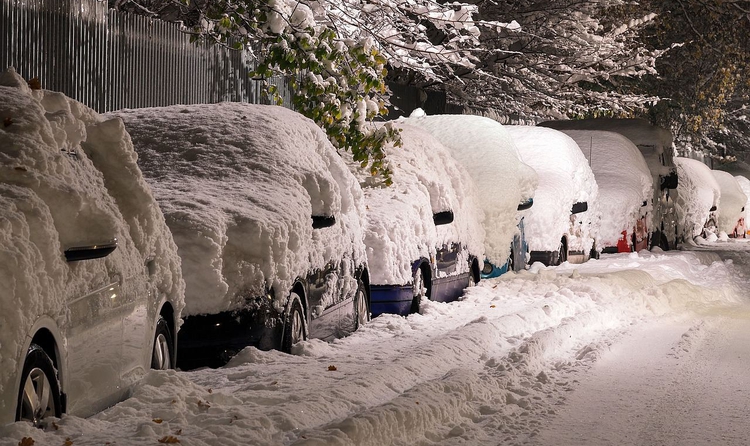A “once-in-a-generation” snowfall in the United States does not mean climate change does not exist

How could a historic snowfall have been recorded if global temperatures are rising due to climate change?

At the end of December 2022, a major storm with heavy snowfalls – dubbed ‘Elliott’ by meteorologists – swept across broad swaths of the United States: from the Great Lakes, near Canada, all the way down to the Rio Grande, which acts as a natural border between Mexico and the United States. The magnitude of the incident was so great that, according to meteorologists, this type of storm was “once in a generation”.
Some public figures have taken advantage of the situation to deny the existence of climate change. They have argued that, if global temperatures are steadily increasing, then weather events like Elliott – a winter storm that caused record low temperatures, including temperatures as low as 48° below zero (Celsius) – should not occur.
It is a common misconception. After all, climate change is happening mostly due to global warming, which is caused by the greenhouse effect, the result of emitting gases such as carbon dioxide, or CO2, into the atmosphere.
However, a heavy snowfall event does not invalidate the existence of climate change. Above all because this type of event is included in what is known as atmospheric weather, i.e., events that occur on a given day at a given time in a specific region. When we talk about climate change, we are referring to an alteration of climate or atmospheric weather over a long period of time – several decades – and in a large area, typically a nation or region.
On the other hand, as meteorologist and State Meteorological Agency (Aemet) spokesperson Rubén del Campo tells Verificat, “the heavy snowfalls in the United States are part of the winter climate of that country, and also of North America in general”, and usually occur above all “in the Great Lakes area, where there is ‘lake effect snow’”.
The meteorologist insists that “climate change involves the warming of the planet and it is warming practically everywhere, including in North America”. However, he adds, this does not mean that “it’s not going to be cold anymore or that it will stop snowing”, because even if temperatures go up somewhat, it will not be enough to stop prevent heavy snowfalls from occurring”.
The relationship between the polar vortex and climate change
Climatologists insist that climate change not only means an increase in the global average temperature but also an increase in the frequency and/or intensity of extreme weather events, such as heat waves, hurricanes and storms.
And snowfall events? Although there is some debate depending on the type of snowfall and the place in which it occurs, the estimates published by the Intergovernmental Panel on Climate Change (IPCC), the leading scientific body in the assessment of climate change, say that one of the possible scenarios for the next decades is that the intensity of snowfall events will increase in the higher latitudes of the Northern Hemisphere; specifically, in Northern and Eastern Asia, North America – above all in Canada – and Greenland.
This apparent “contradiction”, del Campo explains, is due to the fact that “we are reaching the end of summer and fall with much less ice in the Arctic Ocean”, which is why there is a greater amount of “ocean water available to evaporate”, which also produces “a significant transmission of heat from the ocean to the atmosphere”.
The scientists are also researching the weakening of the polar vortex, i.e. “a wide expanse of swirling cold air that is parked in the polar regions”, in the Northern Hemisphere, the recent alteration of which is root of the winter storm Elliott. To date there is a heated debate about whether temperature increases in the Arctic caused by climate change play a role in this weakening and, consequently, in the occurrence of such heavy snowfall events.
“When [polar] vortices weaken, they are linked with extreme winter weather across Eurasia and North America”, according to a publication by the World Weather Attribution. To put it in very simplified terms, we could see the polar vortex region as a sort of freezer for the planet, which, when warmed, opens up and sends cold air from the Arctic into southern regions.
“Since the Arctic is warming more rapidly than land further south, climate change may weaken each of [the polar vortices] […] However, so far, while there is some evidence of a weakening jet stream and SPV, it is not yet conclusive that this is outside the realm of natural climate variations”, the publication by World Weather Attribution concludes.